All the Adjustments: Formula Introduces the Selva R Fork
PRESS RELEASE: Formula
There is no setting you cannot reach
Selva R represents the “state-of-the-art” of custom tuning for MTB forks. Every single parameter of the Selva R can be modified according to your own specific needs. There is no setting you cannot reach. Your riding style is already built into the fork, it’s up to you to unlock it.
With the CTS technology the possibilities of customizing the damping are potentially infinite. With our new Selva R you get two CTS valves, Gold (installed) and Red.
The 2Air technology allows a very precise tuning of the air side. Thanks to the two separate chambers (Silver/positive and Bronze/negative), you can set the pressure of the positive chamber (Silver) according to weight, like any traditional forks, in addition to that you can also change the pressure of the negative chamber (Bronze) in order to fine-tune the response of the fork in the first part of the travel.
Thanks to the Neopos (one is already included into the Selva R) the air spring is further refined, a riding experience that’s not possible to achieve with a traditional air fork. Every rider will have the freedom to adapt the fork to their its riding style in a simple, fast, and effective way. We feel that the Selva R redefines the concept of custom tuning.
Custom tuning redefined
The 2Air technology is designed to achieve the highest level of customization in an air fork. By changing the pressure in the positive chamber (Silver – main chamber) you can decide how much support you have from the fork according to your weight and/or riding style. While on the other hand, by changing the pressure in the negative chamber (Bronze – sensitivity control), you can fine-tune the suppleness of the fork in the initial travel.
The standard setting suggested on the pressure chart shows always the negative chamber (Bronze) with 20psi more than the positive chamber (Silver). This is a very good point where to start, but there’s still a lot more.
If you want to get a different feeling you can change pressure in the negative chamber (Bronze) within a range from a minimum of 10psi more than the positive chamber (Silver) to a maximum of 30psi more than the positive chamber (Silver).
If you want to increase the initial sensitivity of the fork, you can stay between 20 to 30psi more in the negative chamber (Bronze) than the positive chamber (Silver).
If you’d rather decrease the initial sensitivity and look for more support in the first part of the travel, simply stay in the range from 10 to 20psi more in the negative chamber (Bronze) than the positive chamber (Silver).
Sensitivity control
Thanks to the 2Air system, it’s possible to manage fork’s response in the first part of the travel by modifying the pressure in the negative chamber (Bronze). By adjusting this, you can control the small-bumps compliance of the fork. In a traditional air fork with two air chambers and just one air valve this is factory set and not adjustable.
Travel change
With the 2Air system, it’s possible to change the travel of the fork without having to replace any components. The Selva R can be set from 130 to 160mm (Standard version) and from 170 to 180mm (Extended version).
Longer life
The Selva R o-rings have a longer life because they work exclusively in contact with smooth and unmachined surfaces.
2Air Setup procedure
Adjusting the air side with the 2Air system is very simple. This is the procedure to follow:
1) Start with both chambers of the fork (positive/Silver, negative/Bronze) empty.
2) Inflate the positive chamber (Silver) with the desired pressure by using the shock pump.
3) Close the lock-out of the fork on the damping side (golden lever).
4) Inflate the negative chamber (Bronze) with the desired pressure by using the shock pump.
5) Unlock the fork by releasing the lock-out lever on the damping side (golden lever).
Note: every time the pressure needs to be checked or changed in the positive chamber (Silver), the negative chamber (Bronze) MUST be empty.
Compression Tuning System
Thanks to CTS technology (proprietary to Formula) the damping of the Selva R is fully customizable. With seven CTS valves available, each rider will find a tailor-made setting for his style. In addition, thanks to the external compression and rebound knobs, you can fine-tune the damping.
The seven CTS valves transform the way your fork behaves. These are not modifications effected through the use of traditional external controls. The CTS valve is a fundamental structural part of the hydraulic cartridge, changing the valve means changing the cartridge itself, modifying fork’s behaviour.
An obvious advantage of this system is that using different valves is like having more than one forks, each one appropriate for different situations.
More about CTS: www.rideformula.com/technologies/cts
Neopos
The Neopos is an innovative technology (proprietary to Formula) that will allow any rider to better manage the progressiveness and will also give to the fork a way much more comfortable feeling compared to a traditional air fork.
The Neopos has unveiled a new age for volume-spacers. Thanks to the Neopos anyone can get the best of two worlds: the feeling of a coil spring and the adjustability of the air spring.
More about Neopos: www.rideformula.com/technologies/neopos
Internal Floating Technology
The IFT (Internal Floating Technology) is what truly differentiates our forks from any other fork. Smoothness is very important in terms of suspension performance. All forks, regardless of their stiffness, experience some kind of lateral stress while riding. This type of stress increases the friction of the internal parts.
Thanks to Formula’s design, our hydraulic cartridge is structurally merged with the stanchions and lower legs. In a riding situation, our internals compensate for the external stresses placed on the fork. This causes an incredible reduction of friction.
Hexagon Design
The ability of a fork to resist flexing is a key factor for maximum riding precision. A fork that rebounds too fast may make riding unsafe with an overall lack of control, above all when braking and cornering. In the same way, it is important that the fork is not too stiff, because it may make riding too tiring. When designing the Selva R we had a fundamental aim in mind, finding the perfect balance point between stiffness and flex, this is the same as our standard forks. Thanks to the Hexagon Design, the natural flex of the fork has been dramatically decreased with this lightweight method. In this way, we have managed to combine the advantages of the standard boost with the stiffness of a traditional fork.
Selva is a system
Selva is more than just a fork, it’s a system of technologies. If you have a Selva S, with a positive air chamber and a negative spring, and you want to try the 2Air system, you can buy a kit that will allow you to turn your Selva S into a Selva R. The 2Air kit can be built on each of the Selva models currently on market.
At Formula we don’t want the riders to perceive their forks as being obsolete every time we offer a new technology. On the other hand, we want every rider who uses Formula products on their bike to be happy with the products and keep it them on their mountain bike as long as possible.
Ultraviolet 30
In 2018 Formula celebrates thirty years since being founded. We wanted to celebrate this anniversary with the creation of a special color, a new factory color that we called Ultraviolet 30. Ultraviolet 30 is made with a special paint that reaches a tone specifically created for Formula. A unique color developed by an Italian workshop specialized in custom painting. Ultraviolet 30 is a very durable matte paint of the highest quality. Each Ultraviolet 30 fork is entirely hand painted in Italy.
Discover more about Selva R on Formula's website: rideformula.com/products/mtb-forks/selva-r/
Author Info:
Must Read This Week
How to Watch the 2024 Mountain Bike World Cup [Update: Staylive Offering Access in New Zealand, South Africa & More]
59402 views
59402 views
Sign Up for the Pinkbike Newsletter - All the Biggest, Most Interesting Stories in your Inbox
PB Newsletter Signup
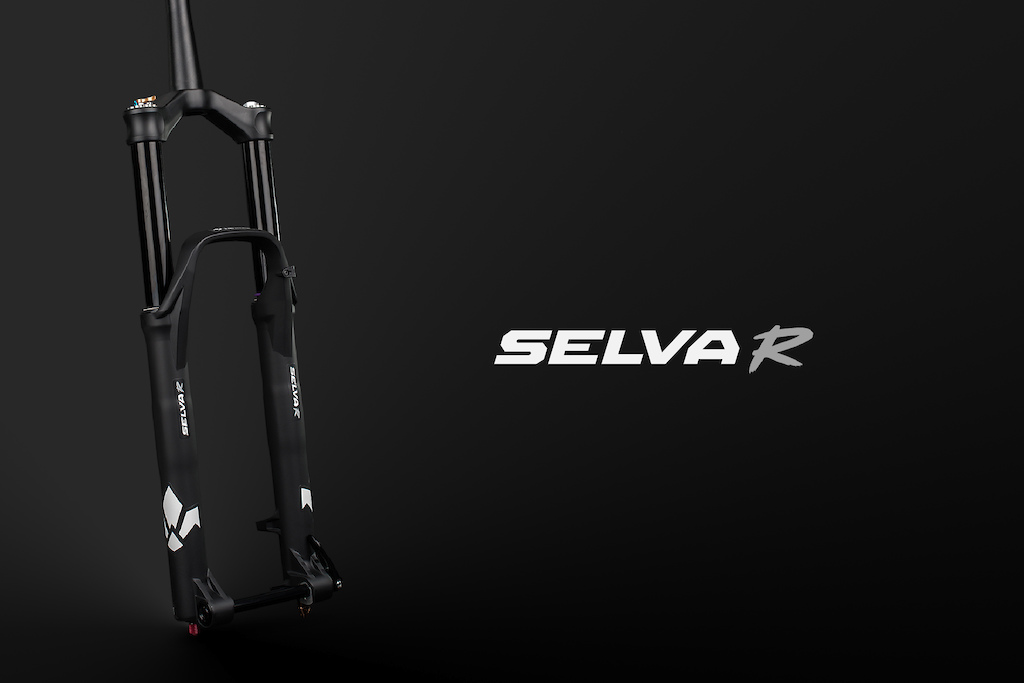
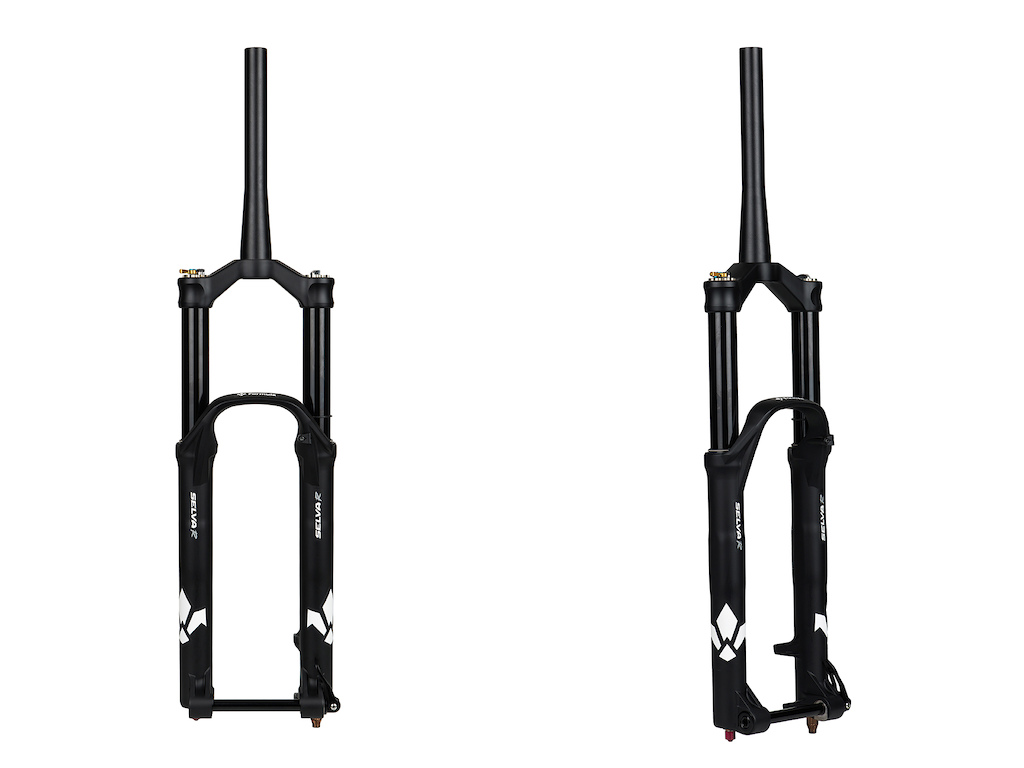
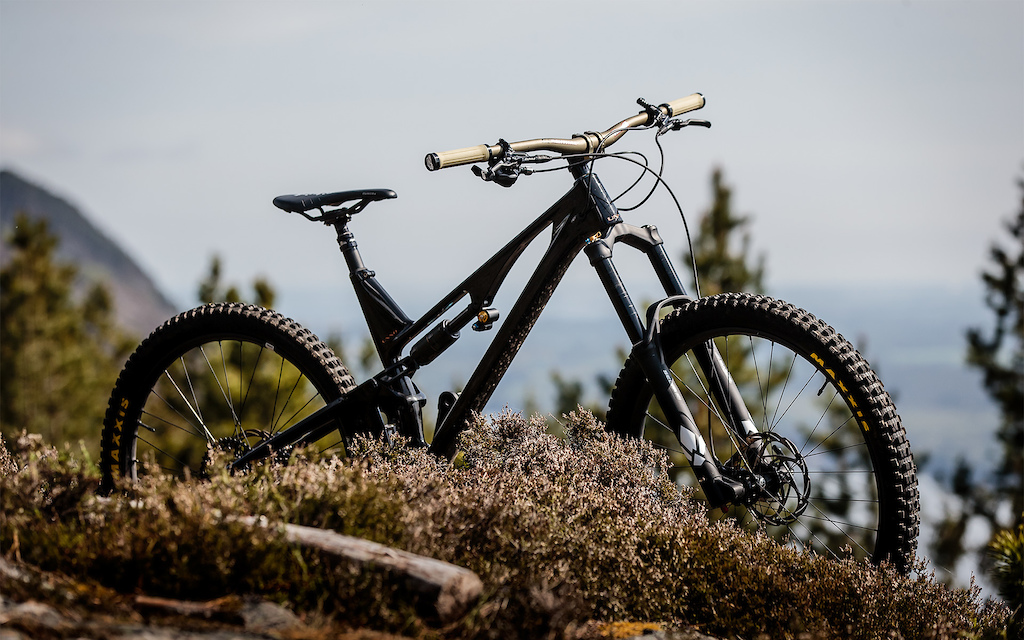
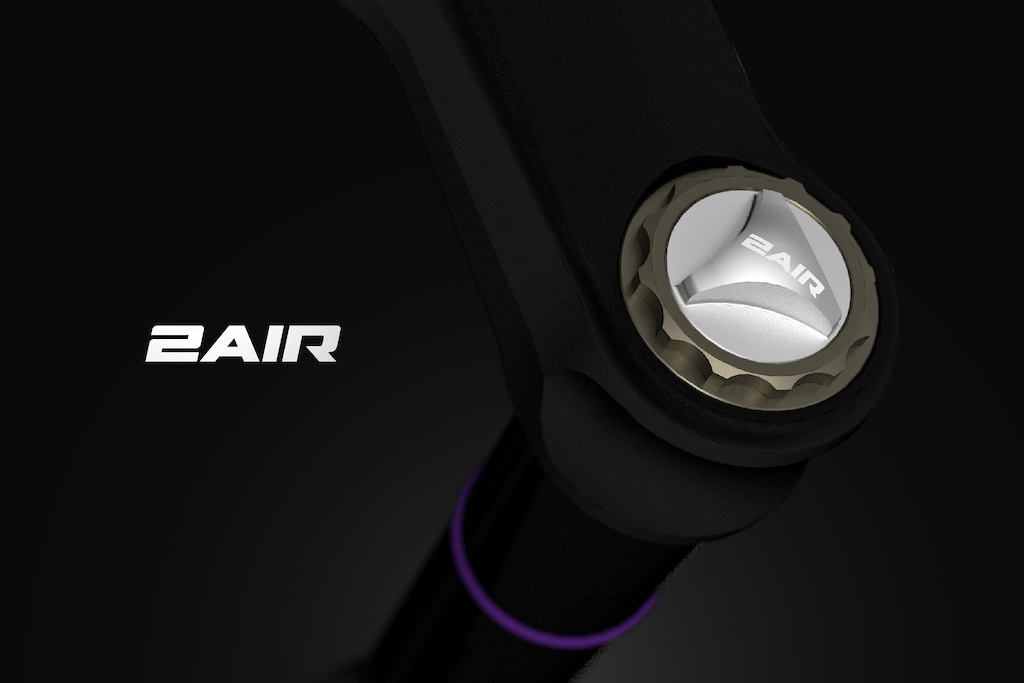
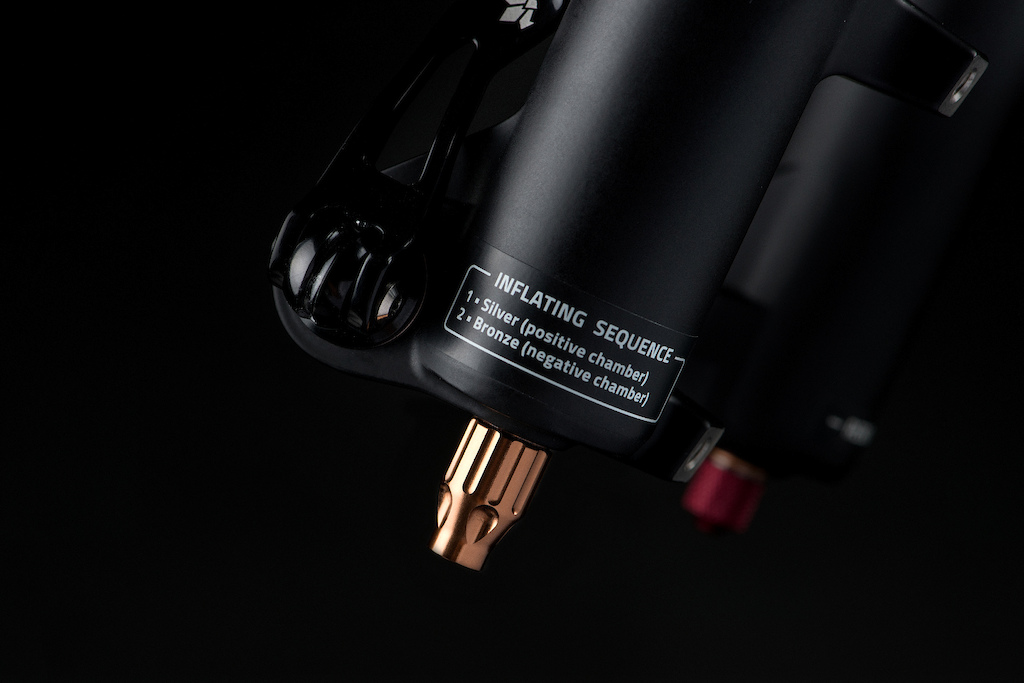


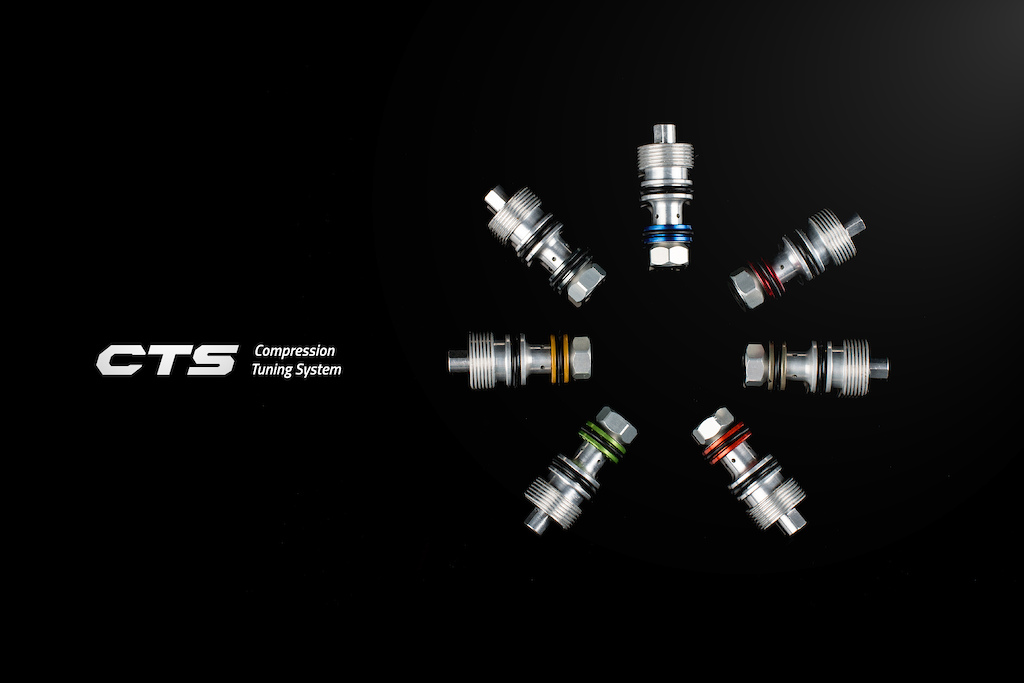
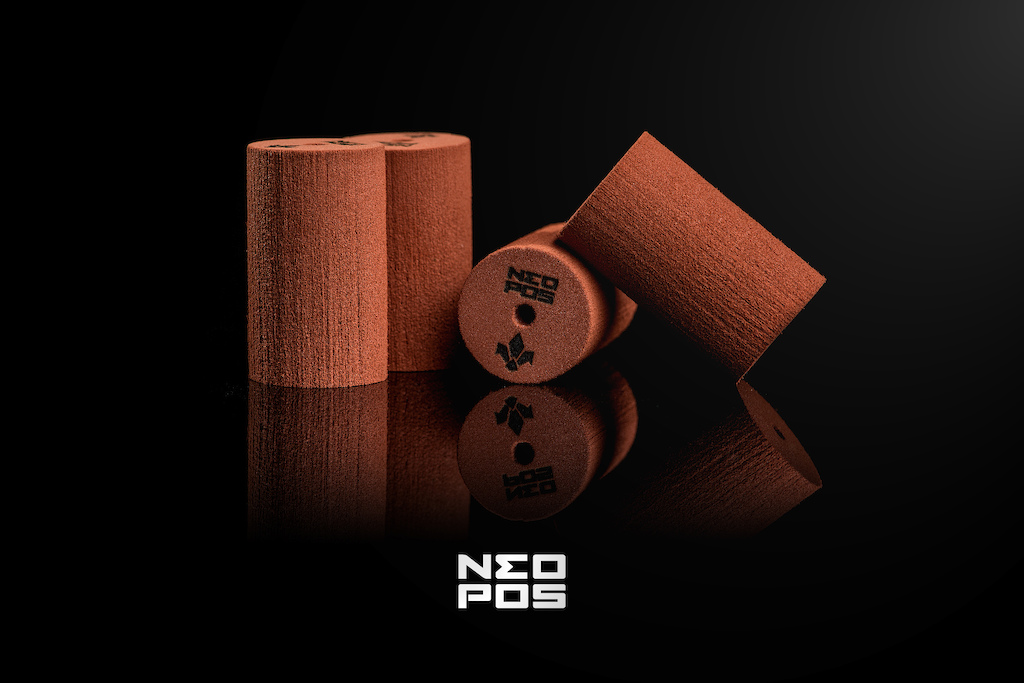
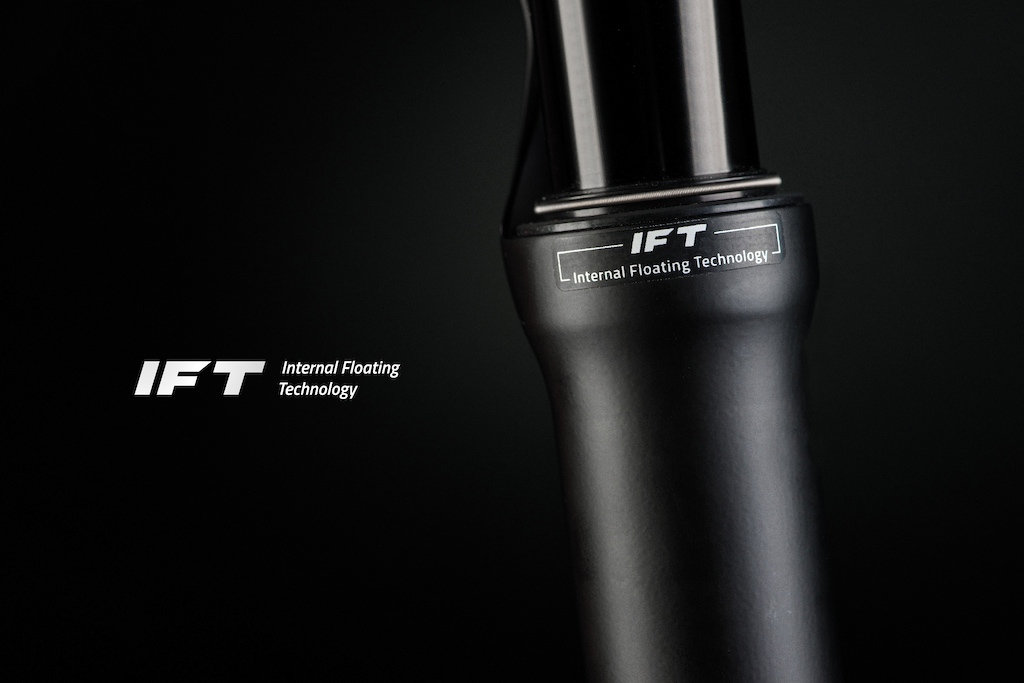
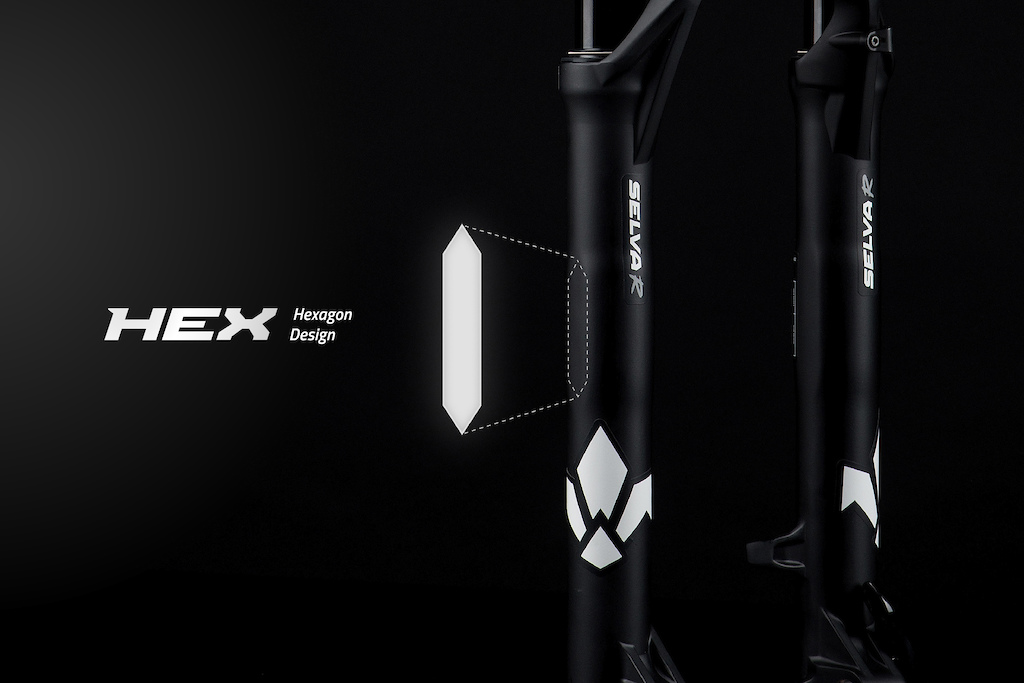

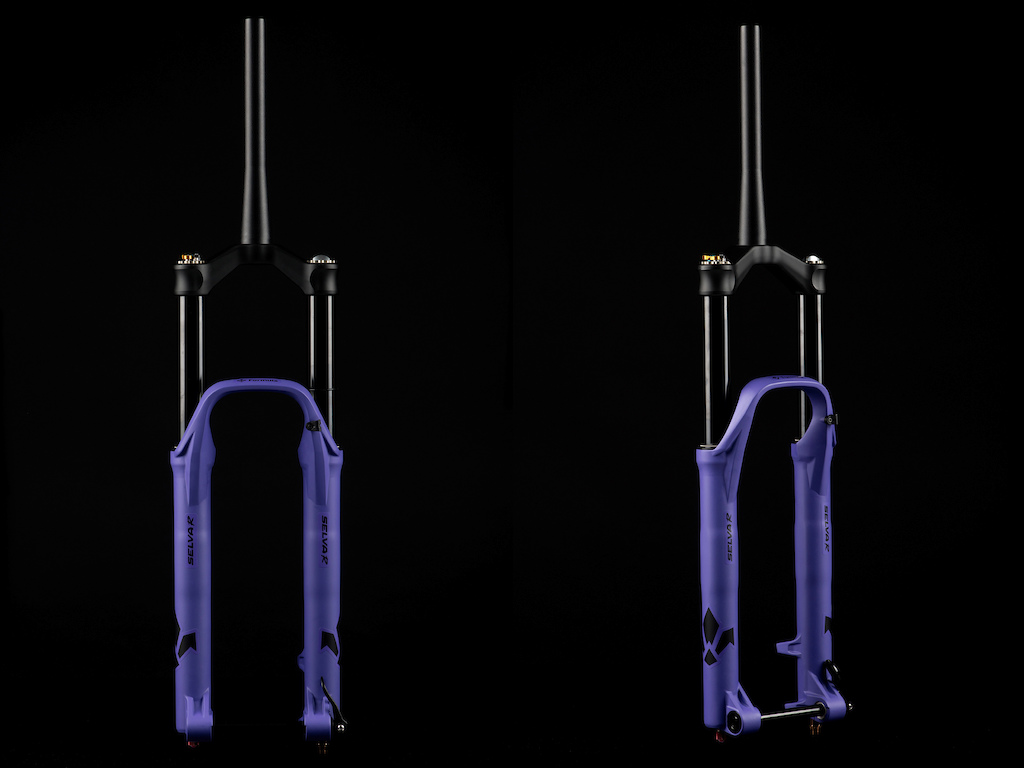


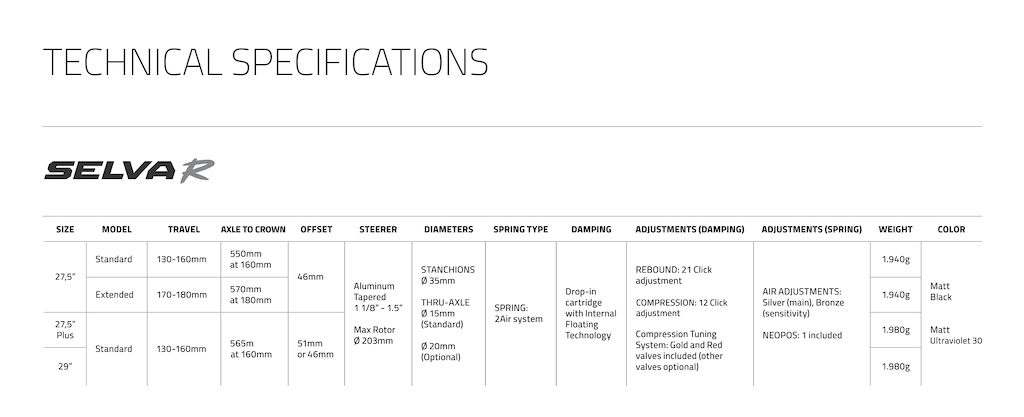


1. "Hexagon design". Literally zero explanation of what this is, what problem it solves or how it solves it. Total fluff.
2. "The Selva R o-rings have a longer life because they work exclusively in contact with smooth and unmachined surfaces." What? What kind of concrete rubble surfaces do you think most seals work with? Sorry, BS.
3. Neopos. Despite the claims of magic, this is no different from a standard volume spacer. Have tried it, it will not make your air fork feel like a coil fork. Sorry, BS.
4. "Internal floating technology". Again literally zero explanation of what this is, or how it solves a problem. "Structurally merged with the stanchions" - weird, most dampers just levitate in the right place, nobody ever thought of actually attaching them to the fork.
5. "Ultraviolet"... a new colour for Formula that never previously existed on the spectrum of colours. What an age we live in.
6. CTS making completely physically impossible claims about affecting progression of the fork, from a speed-sensitive damper. Sorry, BS. Not to say it isn't a cool or useful feature, but you make snake oil claims about its performance.
Seriously @rideformula , the fork might be the greatest thing out there (and I actually believe it's very good based on what I've seen so far), but do yourselves a favour and have one of your engineers proof read the marketing speak so people don't read it and think "what are these guys smoking".
2. There are no claims about CTS changing progression in the sense of spring rate, which is that I assume you're talking about. Different damping curves can be achieved by installing different CTS assemblies and some of them are progressive, which is what the website claims. Nothing new here, just a handy way to drop in a different shim configurations (which may or may not have progressive damping curves, totally physically possible).
3. The article does not claim a new color was invented that was unobserved, only that a new paint option was available and that the color is unique. Not a technical advantage, but they aren't claiming to defy physics.
I agree the marketing is speaking loudly and the article is short on tech details, but you've got to be kidding me with your post. No sense in getting on the internet if you just want to shit on things you don't understand (or can't be bothered to read).
2. With two chambers there's no passage of air since they're separate. With other technologies the airs flows through a passage which is a machined section of the stanchion. The o-ring goes up and down through this machined section. With two separate chambers, the o-ring is in contact only with flat surfaces.
3. Neopos is a world different from other volume spacers. Have you tried it on a Formula fork or on other brands?
4. Thanks to the IFT the internals of the forks floats while the fork flex (every fork has flexion while you're riding, no matter how stiff it is). This means more smoothness and less friction, so, more effective settings and longer life to the bushing.
5. Is a new color cause there's not industrial code for that, either ral or pantone, is a new mix of colors.
6. CTS changes completely every single parameter of the progression curve like a shim stack would do.
Sorry, you believe these points make no sense, we'll put more effort to explain them better in the future.
You forgot the o-ring part. They refer to the fact that there are separate air chambers, so no transfer ports that the seals have to travel over and wearing them faster.
It almost feels like the MTB community on Pinkbike likes being fed bullshit, or are too damned stupid to realise it
Formula products rock by the way. Any plans for an air shock to match?
You must be new here.
Regarding Neopos, I actually both calculated and measured what it does. Unless there's some magical properties where it only behaves in a certain manner inside a certain brand of fork, it does not matter whether you use it in a Formula fork or anything else. It's identical to a volume spacer, but one of a smaller size than the Neopos spacer physically occupies. It's fundamentally a compressible element that's stiffer than just the volume of air it would displace, with some material damping (that actually exaggerates rather than reduces the adiabatic vs isothermal discrepancy, the opposite of what you claim). I've read the marketing material many times over, it has errors.
Regarding CTS, in your link it claims position sensitivity, when in reality it's speed sensitive. Maybe your explanations were trying to relate softer low speed damping to small bump compliance, but the descriptions are technically incorrect and they make you sound like you don't really know what you're doing. You're also not being very clear on whether you mean position-sensitive progression or speed-sensitive progression when you say "progression curve" because the CTS system does not change the position sensitive aspects in spite of the claims on your website. Those too are a bit inconsistent - some of the more highly digressive curves are said to be "softer in the first two centimetres of travel" despite having far firmer damping than the other curves. It is a cool system to be able to swap that out very easily for different damping characteristics however.
The colour thing I was just ribbing on because it's easy
1. No it doesn't. Neopos does not have a substantially different effect than rigid volume spacers, they are just equivalent to smaller volume spacers than they first appear. PM me if you want full details.
2. Yes there are claims about progression in terms of position sensitivity (I never mentioned spring rate). They're right here - www.rideformula.com/technologies/cts
Assuming I "don't understand" what I'm talking about here would be a funny assumption to make, and is just trying to play the man instead of the ball.
I will reiterate - my criticisms aren't of the product at all, just the marketing spiel being poorly put together.
1. So the fork got the perfect flex for the 120kg weekend warrior and his 60kg wife? I still dont get it. Maybe I am still still thinking square or in circles, but not "hexagonal".
2. That makes sense, it is the reason I loved the old dual air springs of RS. However, people tend to f*ck up their setup so it was dropped in favour of a self regulating negative spring.
3. Makes sense.
4. Why dont you give some drawing to the marketing department so they can show us how it works instead of tons of marketing BS noone understands anyway. My brain tends to shut down when the marketing BS level reaches a certain threshold.
5. Yeah, makes matching with the rest of the Bike far easier... ...not.
6. I take the shimstack any day of the week, thanks. I see the advantage of the external change, but I dont trust the system until I see some dyno runs, especially of the rebound valving!
Best Regards,
Stefan
www.youtube.com/watch?v=Q3-KLvO0tZ4
The worst part is that it doesn't have to be this way. You can explain the value proposition of a product without spilling proprietary information; you can explain why your new product is a legitimate improvement without being full of shit in the process. They just...didn't.
Think of it this way - you have a small airtight container, like tuppreware filled with air at atmospheric pressure, and you put it inside an air spring chamber. You then pressurise the air spring chamber, and the airtight container begins to deform and crumple because the pressure inside is lower than outside, so it compresses until the pressures balance again. The air inside behaves as though it was air inside the fork, except the plastic of the container takes up a bit of space. Now imagine you have thousands of those little containers, except they're not tupperware, they're just a piece of closed-cell foam. That's exactly what Neopos is and how it behaves.
Which is part of the work and internal energy system. Which sums to 0. Which is not speed dependent.
Regardless of whether the resistance is zero for an instant or not, the work done and resulting pressure are the same. If somehow airsprings got harder the faster they are hit at all times, then the work done would be less than the change in pressure and you would have invented a perpetual motion machine.
So he is right that your marketing message lacks a bit in terms of correctness and also in terms of clarity.
It is a top quality product.
It is not like when soam other brands bla bla blay the press and repropose the same “benchmark” cheap product again and again and the problems are not resolved.
Give that a read my dude
Yeah I can't tune my Fox 36 Grip2 but for like 85$ or so I can get it custom tuned for me and then I still have HSR/LSR and LSC/HSC with some spacer adjustments etc. It is pretty damn amazing how a few extra clicks of stuff can drastically alter your ride... especially once you add a spacer or so and drop a bit of psi. Everything changes immediately so have the clicks helps bring it back to ideal
Also, what happens when in a year or two there's new 2mm difference in offset? Will I have to buy new fork???
Not sure about the rest and science has shown purple is 28.99% faster on video.
Although, in the UK, I don't know anyone who services these forks??? Which is a pain in the butt, given that i cant even find a reliable source of parts so I can service them myself.
Finally. I'm running them in the 180 option, and I feel that they have a but too much flex. I'm a heavy ish rider, but I do feel that these are pushing it a bit in the 170-180 length options...
And the CTS seems too small in diameter to actually have a shim stack.
Any chance the air chamber upgrade is also compatible with a 35 fork?
Do you have plans for a Selva C?
Are they gonna support their product when it does?(they all do)
Voids all warranties on everything bike related you own.
1. SKF low friction seals ( amazing improvement)
2. Unharsh my ride by shockcraft
3. Luftkappe
4. Sd components dynamic volume spacer
Great understandable reviews by therodfather.
therodfather.co.nz/product-reviews
www.shockcraft.co.nz/technical-support/high-flow-pistons
www.shockcraft.co.nz/service/tuning/rockshox-charger-1-rct3-tuning
www.shockcraft.co.nz/dynamic-volume-chamber-v2-sd-components.html
Thanks mr formula for great product options and innovations and your time replying to all the “experts “ about your own products.
Out of our riding group only one person always clicks his fork, all other 9 simplicity rides set and forget option